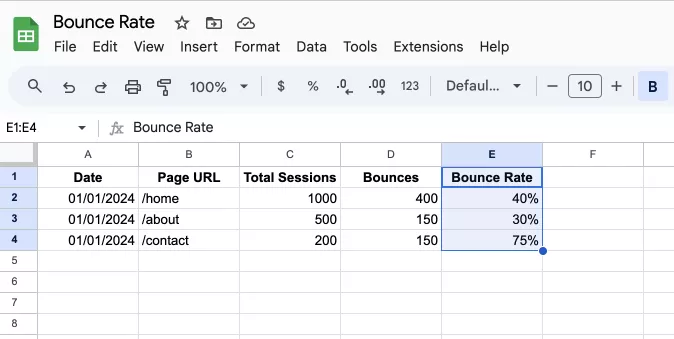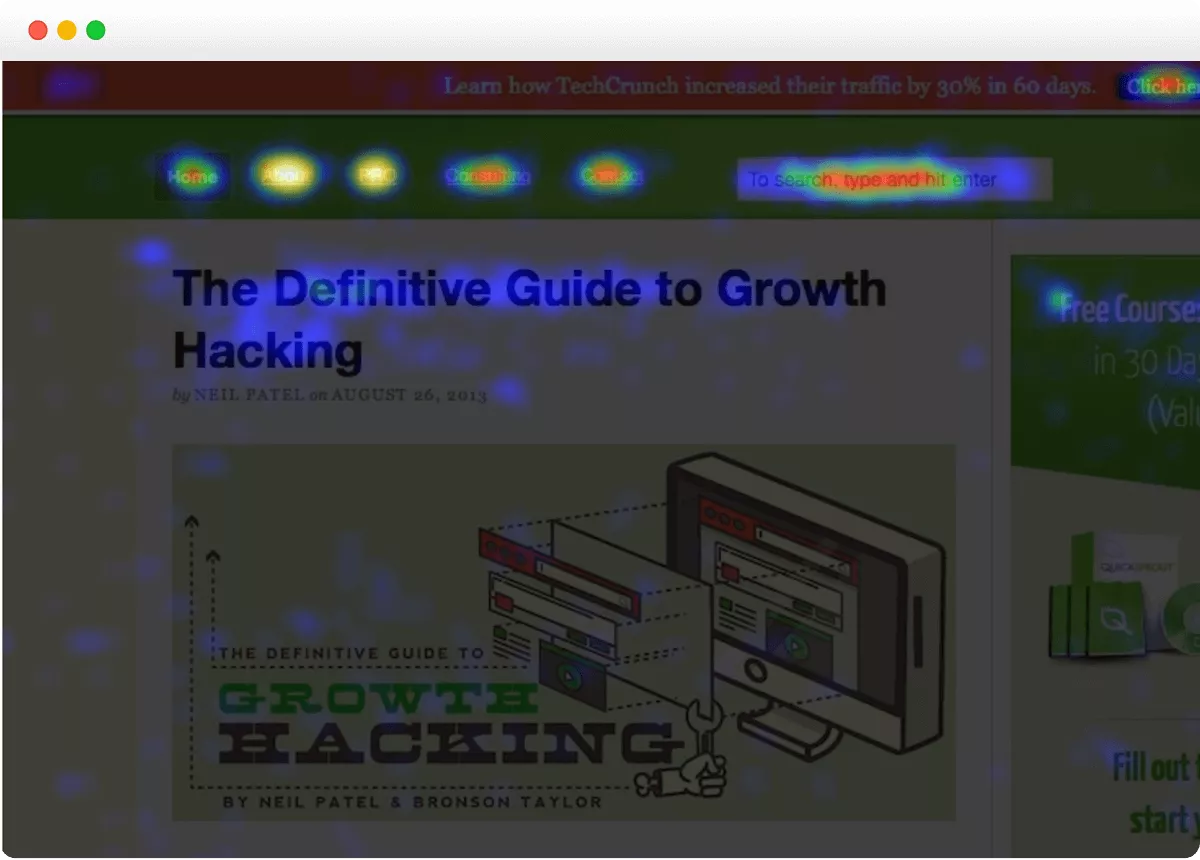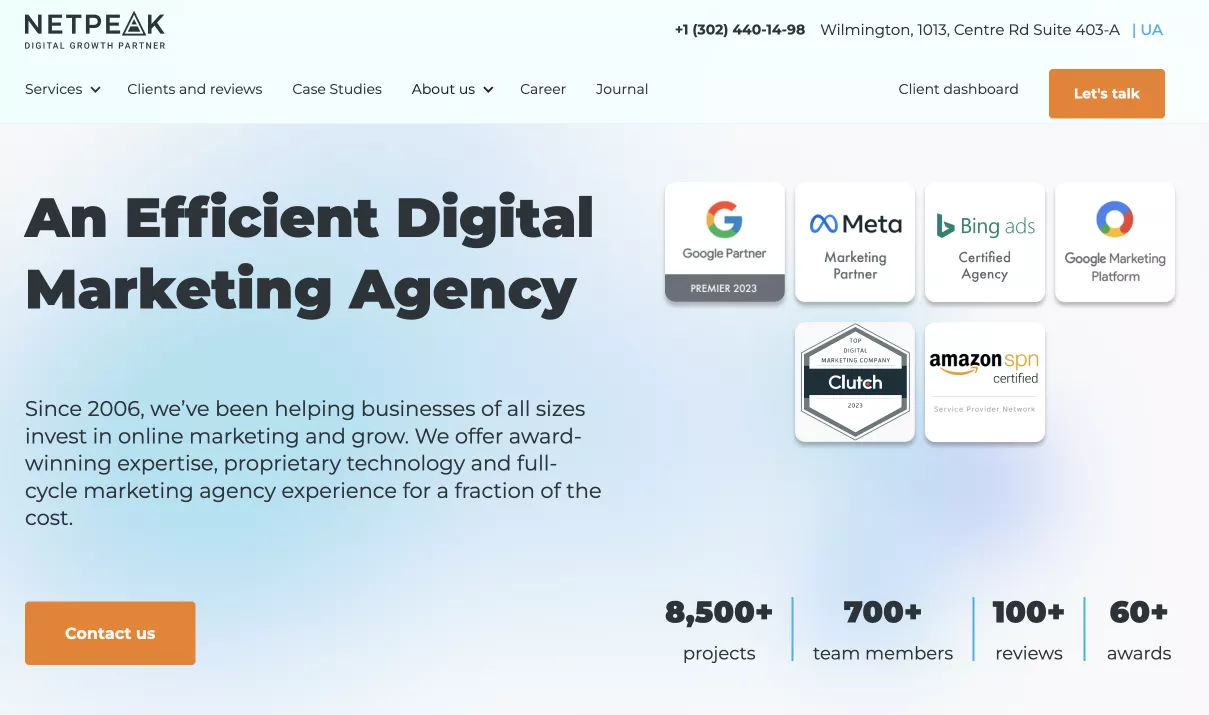What Is Bounce Rate, and Why Is It Important for Your Website?
Bounce rate is a key metric that gives you an idea of how users interact with your website and whether the content meets their expectations. In this article, I will discuss the importance of this metric, the factors that influence it, and strategies for optimizing it.
What is bounce rate?
This is an indicator that shows the percentage of visitors who land on a webpage and leave it without further interaction. Simply put, the user views only one page before leaving the site. Bounce rate is calculated using this formula:
It is important to distinguish between bounce rate and exit rate. The former measures the percentage of users who left the site after viewing only one page. The second metric shows the percentage of users who left the site from any page, regardless of the number of pages they viewed.
The importance of tracking bounce rate
Bounce rate is a crucial metric because it reflects the effectiveness of a website in several key areas.
- Search engines like Google consider bounce rate as a factor in their ranking algorithms. A high bounce rate signals to search engines that the content may be irrelevant to users. This can potentially lower your rankings in search results.
- A high bounce rate often indicates a poor user experience, such as complicated navigation, unattractive design, irrelevant content, etc. Tracking pages with high bounce rates helps identify areas that need improvement.
- Users who leave the site after viewing only one page are less likely to convert into customers or leads. Reducing the bounce rate can increase the likelihood of conversion.
Factors contributing to a high bounce rate
A high bounce rate can be caused by several factors:
1. Poor design. Old-fashioned visuals or a confusing website structure will quickly drive visitors away.
2. Slow page loading. Websites that take too long to load will frustrate users, which leads to a high bounce rate. You can check the site’s speed with PageSpeed Insights.
3. Irrelevant or low-quality content. If visitors don't find what they're looking for or the content isn't interesting to them, they're likely to leave the site immediately.
4. Intrusive ads and pop-ups. Excessive advertising negatively affects the user experience and makes visitors leave the site.
How to analyze bounce rate
It is important to regularly measure and analyze bounce rate. The most popular way is to use Google Sheets.
- Open Google Sheets and create a new table.
- Add/import data and label columns to organize it. Recommended headings are Date, Page URL, Total Sessions, Bounces, and Bounce Rate.
- Enter the data and calculate the bounce rate: click on the first cell in the Bounce Rate column (for example, E2) and enter the formula: = (D2 / C2) * 100. It divides the number of bounces by the total number of sessions and multiplies by 100 to get the bounce rate as a percentage.
- Next, drag the fill handle (the small square in the lower right corner of the selected cell) down the column to apply the formula to the remaining rows.
Or use a template.
Google Analytics, one of the main website analytics tools, uses the bounce rate indicator in certain reports. Read more about it in our article on bounce rates in GA4.
While analyzing the bounce rate, it is also worth doing the following:
1. Identify pages with high bounce rates. Check where the traffic to these pages is coming from (e.g., direct, referral, search engines). This will provide context as to why users are leaving right away. Also, the bounce rate can be analyzed by different segments, such as new visitors, mobile users, or traffic sources. This will help you identify specific problems.
2. Use heatmaps and session recordings. Tools like Hotjar and Crazy Egg provide visual representations of user behavior and help you understand why users are leaving immediately. Heatmaps show what users click on and how they navigate to a page. Records of individual user sessions can help you find patterns of behavior that lead to bounces.
3. Combine bounce rate analysis with other metrics to get a holistic view of your site's performance:
- A low bounce rate and short time on site may indicate that users quickly find what they need. This is good for some pages but may be bad for others.
- A high bounce rate and a high number of pages per session elsewhere may indicate that only certain pages need to be improved.
- A page with a high bounce rate and a high conversion rate may require different optimization strategies than a page with a low conversion rate.
4. Implement and test changes. Use A/B testing tools like Optimizely to test different versions of your pages. Identify the versions that are more effective at reducing bounce rates. Optimization is an ongoing process, so be sure to continuously track changes and iterate based on the results.
Strategies to reduce bounce rate
Bounce rates can be effectively reduced by improving various aspects of the website.
1. Improve the design and navigation. Make sure the site is visually appealing and easy to navigate. A clean, intuitive layout encourages users to explore further.
2. Optimize page loading speed. According to KissMetrics, 47% of consumers expect a website to load in two seconds or less, and 40% of them will leave a website that takes more than three seconds to load. Therefore, compress images, use browser caching, minimize code, and use all available methods to improve load times.
3. Improve content quality and relevance. Website content should meet the needs and expectations of users. Update the content regularly to keep it fresh and valuable.
4. Implement clear calls to action. Make sure they are compelling and easy to understand. Encourage users to take the next step: read another article, subscribe to a newsletter, or make a purchase.
The bottom line
- The bounce rate is calculated as a percentage of the total number of sessions divided by the number of one-page sessions.
- A high bounce rate negatively affects SEO rankings signals a poor user experience, and correlates with a low conversion rate.
- Common reasons for high bounce rates include poor website design, slow loading times, irrelevant or low-quality content, and intrusive ads or pop-ups.
- Tools like Google Sheets and Google Analytics are essential for tracking bounce rates. You can also use heatmaps and session recordings.
- To reduce bounce rates, focus on improving website design and navigation, content quality, and page load speeds. Implement clear calls to action to compel users to engage with the website. Continuous monitoring and A/B testing are also crucial for ongoing optimization.
Recommended theme posts
Related Articles
How to Set Up Consent Mode in GA4 on Your Website with Google Tag Manager
Let's explore how to properly integrate consent mode in GA4, configure it for effective data collection, and at the same time comply with GDPR and other legal regulations
Display Advertising Effectiveness Analysis: A Comprehensive Approach to Measuring Its Impact
In this article, I will explain why you shouldn’t underestimate display advertising and how to analyze its impact using Google Analytics 4
Generative Engine Optimization: What Businesses Get From Ranking in SearchGPT
Companies that master SearchGPT SEO and generative engine optimization will capture high-intent traffic from users seeking direct, authoritative answers










